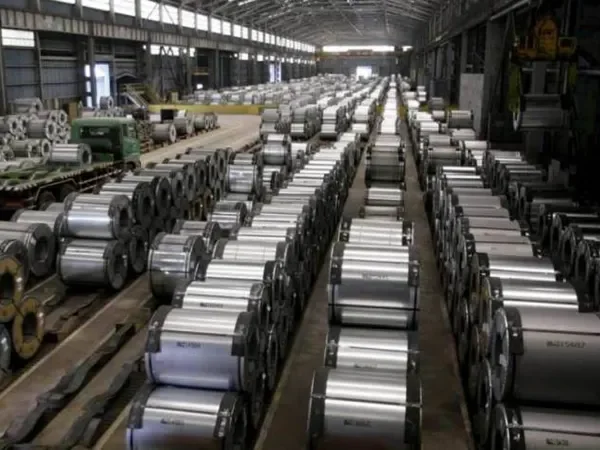How to reduce welding distortion?
The following principles can be followed to minimize the occurrence of welding deformation.

1. Do not over solder
The more metal filled in the welding point, the greater the deformation force will be generated. Correctly setting the weld size can not only obtain a smaller welding deformation, but also save welding materials and time.
2. Intermittent weld
Another way to reduce the fill of welds is to use more discontinuous welding, for example, to weld reinforcement plates. Intermittent welding can reduce the fill of welds by 75% and ensure the required strength.
3. Welding sequence
According to the structure of the workpiece, determine a reasonable assembly sequence, make the structure of the workpiece shrink at the same position, open a double-sided groove in the workpiece and the shaft, adopt multi-layer welding, and determine the double-sided welding sequence, and the fillet weld is intermittent welding.
4. Removal of shrinkage force after welding
Heat treatment is one of the methods to remove the shrinkage force. It controls the high temperature and cooling of the workpiece. Sometimes the same workpiece is clamped and welded back to back, and the stress is removed under this straightening condition to make the residual stress of the workpiece smaller.
Tips: A106 pipe is formulated specifically for high-temperature and high-pressure service, usually in power generation applications. High-pressure, high-heat service environments put added stress on pipe, so seamless pipe types are preferred in those settings since they're at less risk of failure under stress than their welded counterparts.






